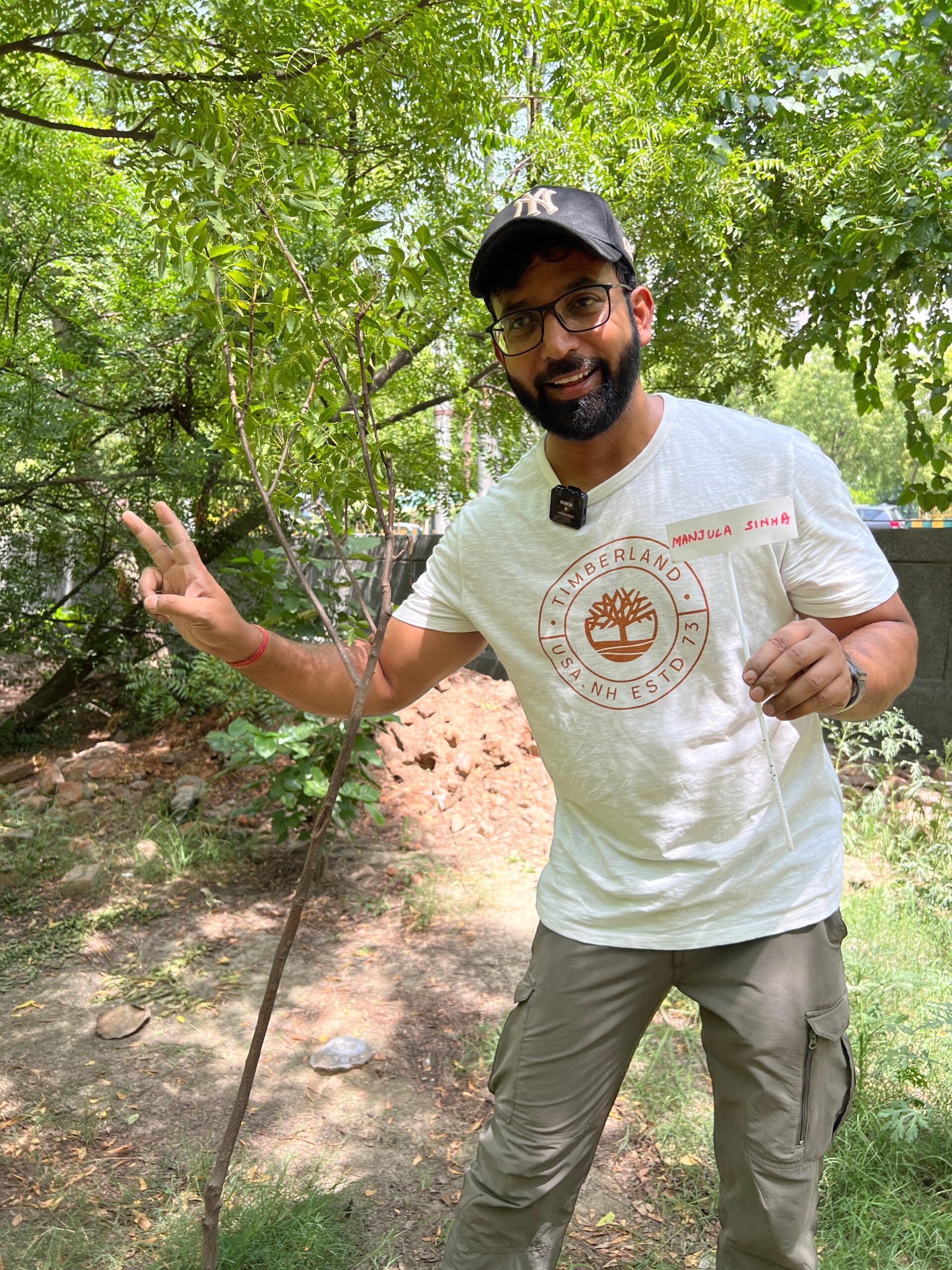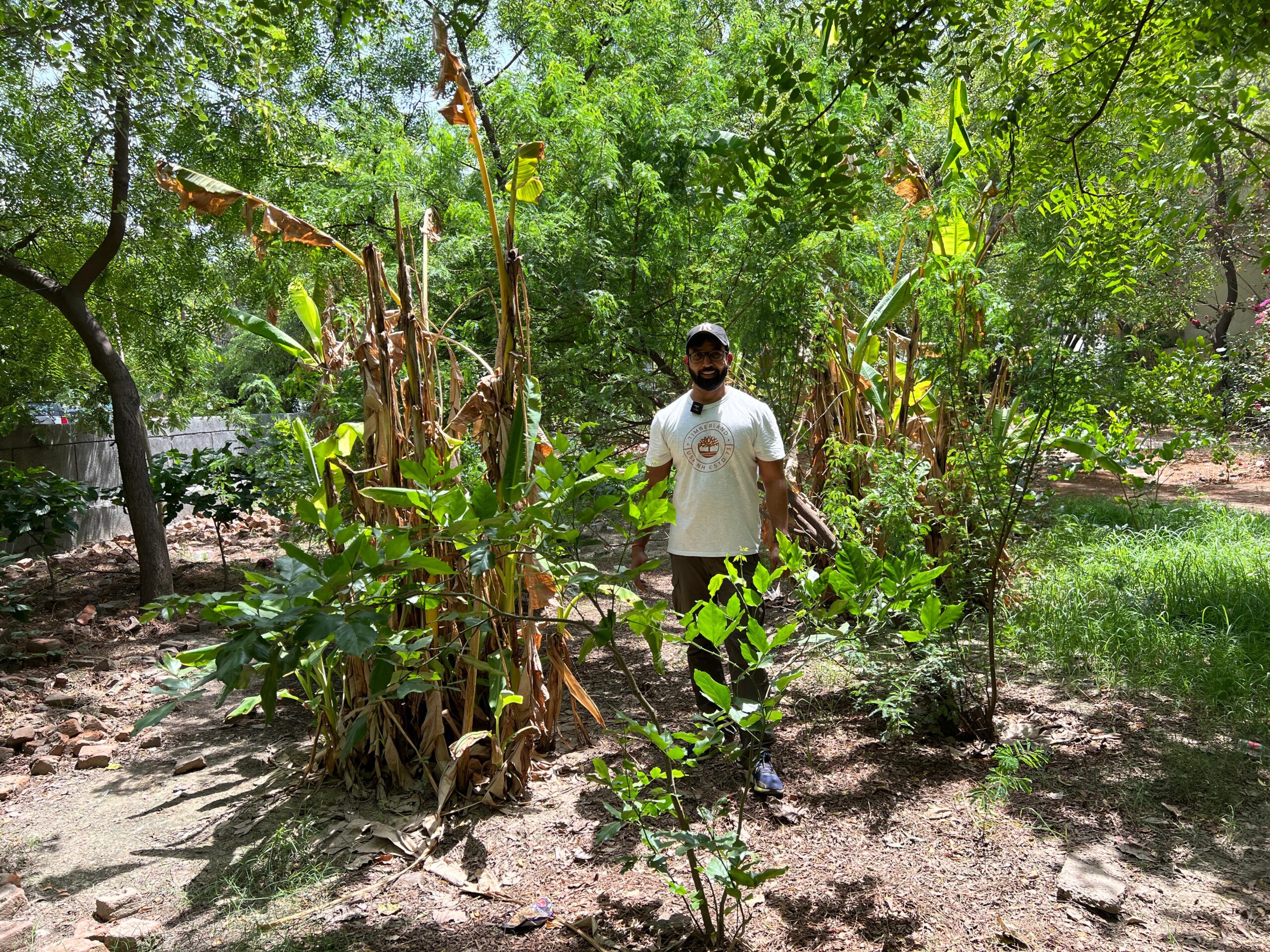The General Assembly of the United Nations approved a resolution in 1972 declaring June 5 as World Environment Day. First World Environment Day was observed on June 5, 1973 worldwide. The purpose of this day is to create awareness about various environmental problems like illegal wildlife trade, plastic pollution, food security, rising sea levels, air pollution, and sustainable consumption. On this occasion, emphasis is also laid on altering human patterns of consumption to facilitate global sustainable development.
On World Environment Day, the Prime Minister of India started a campaign known as ‘Ek Ped Maa Ke Naam’, which means ‘One Tree for One Mother’ and urges people to plant trees in honor of their mothers. PM Modi planted a Peepal sapling at Buddha Jayanti Park located in New Delhi, in the company of Union Environment Minister Bhupender Yadav and Delhi Lt. Governor Vinai Kumar Saxena. PM Modi encouraged Indian citizens to participate and plant trees to save the environment.
With environmental conditions such as sea pollution and global warming increasing, this year on World Environment Day, I planted two trees — one Neem and one Arjun tree.
Symbolic Significance of Arjun and Neem Tree
I specifically chose to plant Arjun and Neem trees because of the ecological, medical, and cultural significance that they hold. Let me tell you more about it.
Arjun Tree
Also known as Terminalia arjuna, the Arjuna tree is a sign of heart health and a culturally significant tree. Not only does this beautiful tree increase the natural beauty with its oval leaves and straight trunk but it also has some medicinal uses as per cultural practices and traditional medicines.
Neem Tree
The Neem tree is of great importance to culture and history in India. Ancient Indian texts including Ayurvedic scriptures and Vedas have alluded to it for over a thousand years. It has been regarded as a sacred tree and is often related to healing powers. The Neem tree helps maintain ecological equilibrium. Its thick leaves offer coolness hence lowering soil erosion levels while preventing direct sunlight from reaching the ground.

Why Plant Saplings this World Environment Day
Countless communities are greatly threatened by natural catastrophes such as mudslides, floods, and landslides. In the areas prone to such events, planting more trees can make a great difference. The soil held in place by trees prevents it from being washed away during heavy rainfall as well as reducing the chances of occurrence of mudslides and landslides.
Trees also act as natural purifiers of air and they take in noxious substances like sulfur dioxide, ozone, nitrogen dioxide, etc. Trees do more than just that; they especially emit oxygen which is one of the essential parts of our living.
The role played by trees in controlling the flow of water, precipitation, and other atmospheric phenomena is extremely important. Nowadays every year they absorb 30% of emissions on the earth. When trees are burnt or felled all this goes back into the atmosphere causing pollution. Additionally, even mild air pollution can cause numerous health problems which can affect people significantly.
Considering the innumerable benefits of planting trees, I decided to do something for our environment and preserve it this World Environment Day by planting a sapling.
Conclusion
Just like I planted two trees this World Environment Day, if each one of us plants one or more trees, we would be able to save the environment. Let us plant ecologically and culturally beneficial plants and protect the environment against global warming, droughts, extreme weather conditions, and other environmental issues.



